Old Stirling
Ailsa Gray and I went on a speed march / assault course of Stirling’s Old Town and Cemetery. Too much to see and do but hopefully it gives you a flavour of the old medieval town which lies in the immediate vicinity of the Castle. Stirling has always been strategically important as a location, and most of us will have had an ancestor make their way there at some point. Stirling became a Royal Burgh around 1124. In the 15th and 16th centuries, the Stuart monarchs held court in Stirling.
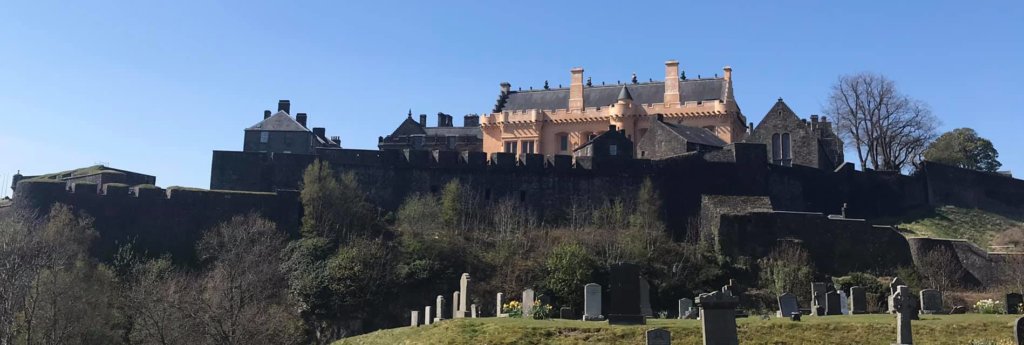
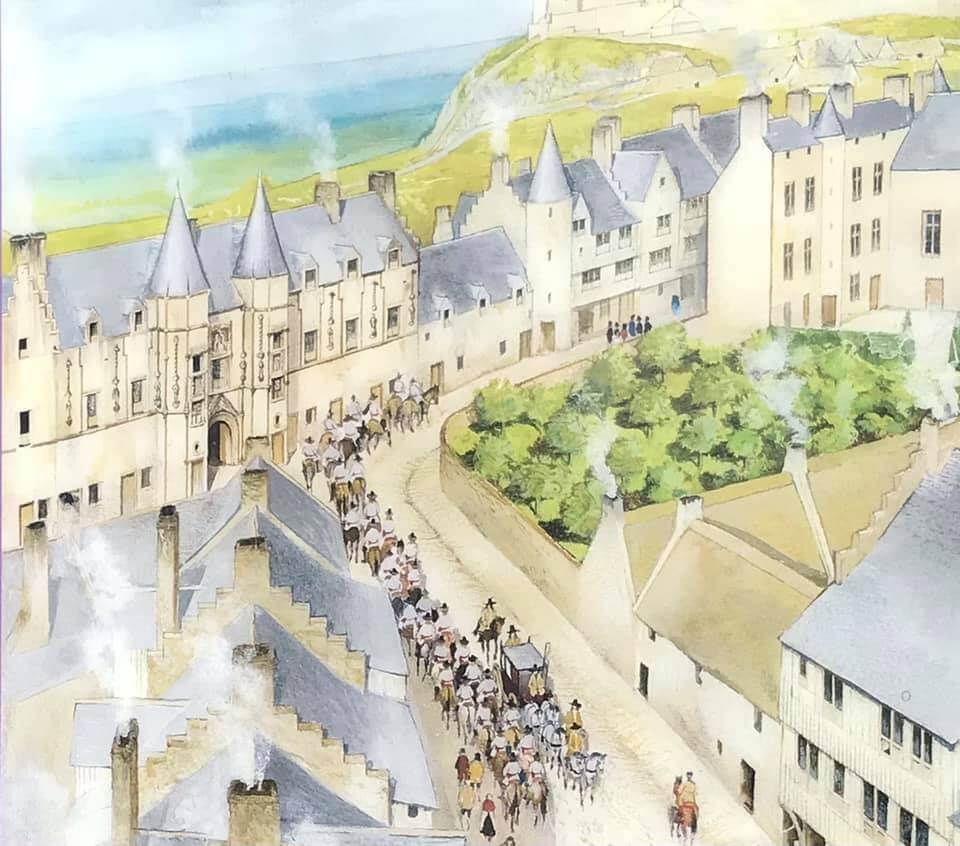
The Old Kirkyard
The churchyard alone is considered to be of great historical importance. I have hyperlinked a brief video by Murray Cook, Stirling’s resident archaeologist where he introduces the graveyard. https://vimeo.com/402303912. It is worth an explanation of its own. The site has been used for witch burnings, and there is a rock on which Bonnie Prince Charlie stood in advance of the siege of Stirling Castle. The oldest gravestone is from the 16th century. The pyramid was built by William Drummond in the second half of the 19th century.
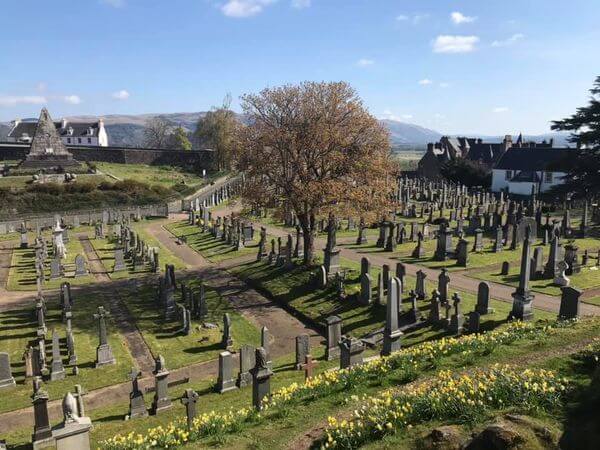
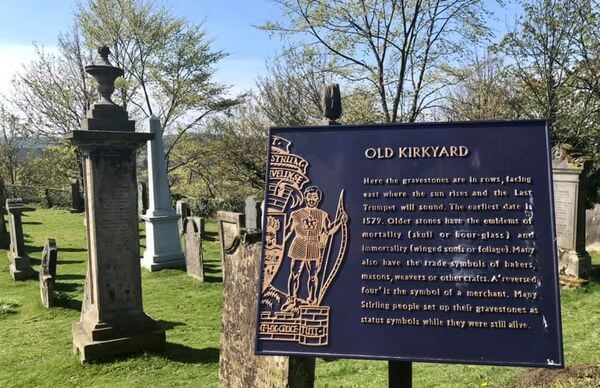
Mar’s Wark
(A wark is a fortified building.)
Mar’s Wark (referring to the Earl of Mar) is striking as is Cowane’s Hospital. Mar’s Wark is a 16th century townhouse built for John Erskine, the Earl of Mar. Mar was the hereditary keeper of Stirling Castle. King James VI stayed here and the house was also used as a barracks during the 1715 Jacobite uprising before being turned into a workhouse.
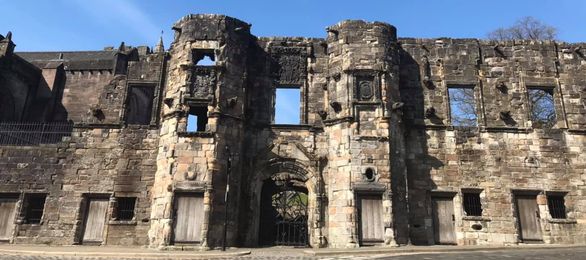
Cowane’s Hospital
Cowane’s Hospital is a 17th century almshouse. It is said to be one of the finest buildings of its kind and built in 1637. It is also referred to as the Guildhall. John Cowane was one of Stirling’s richest merchants (as well as a trader, landlord, banker, ship owner, privateer and politician) but he was best known for his charity.
The current Tolbooth was built in 1703-1705 with a courthouse and a jail added in the early 19th century. Prisoners were held in the tower and hung outside for the worst crimes. There is a suggestion some of those hanged were buried under the foundations. It was said conditions at the prison were among the worst in Scotland.
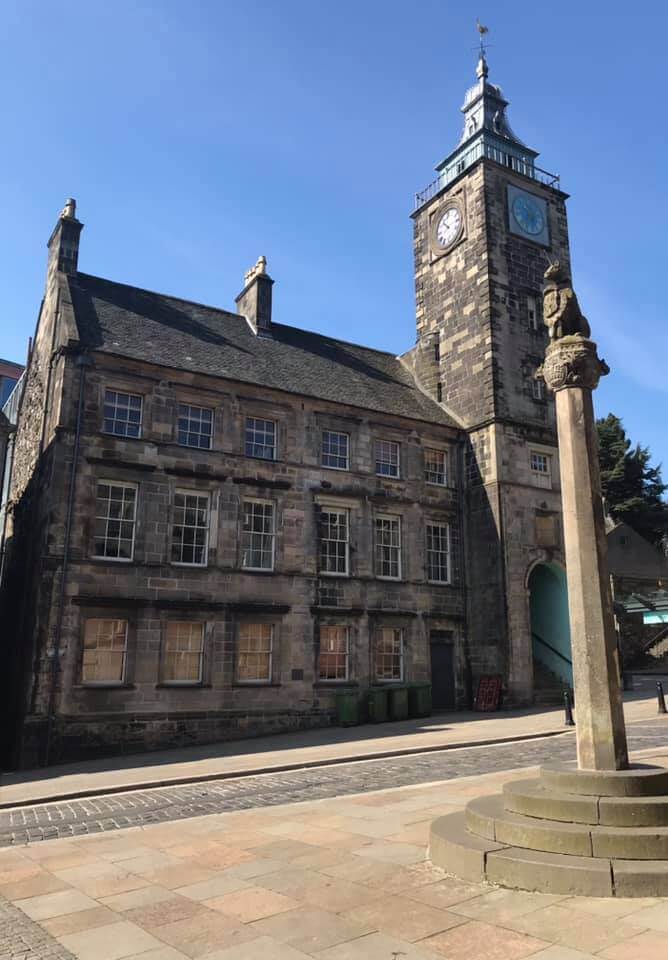
The Mercat Cross
(Mercat is Scots for “market.”)
The Mercat Cross was a focal point for tradition. The unicorn figure on the top is “the puggy”. Some of the grander houses that still stand in the Top of the Town area (Norrie’s house, Darnley House, Bruce of Auchenbowie’s house) were those built by rich merchants.
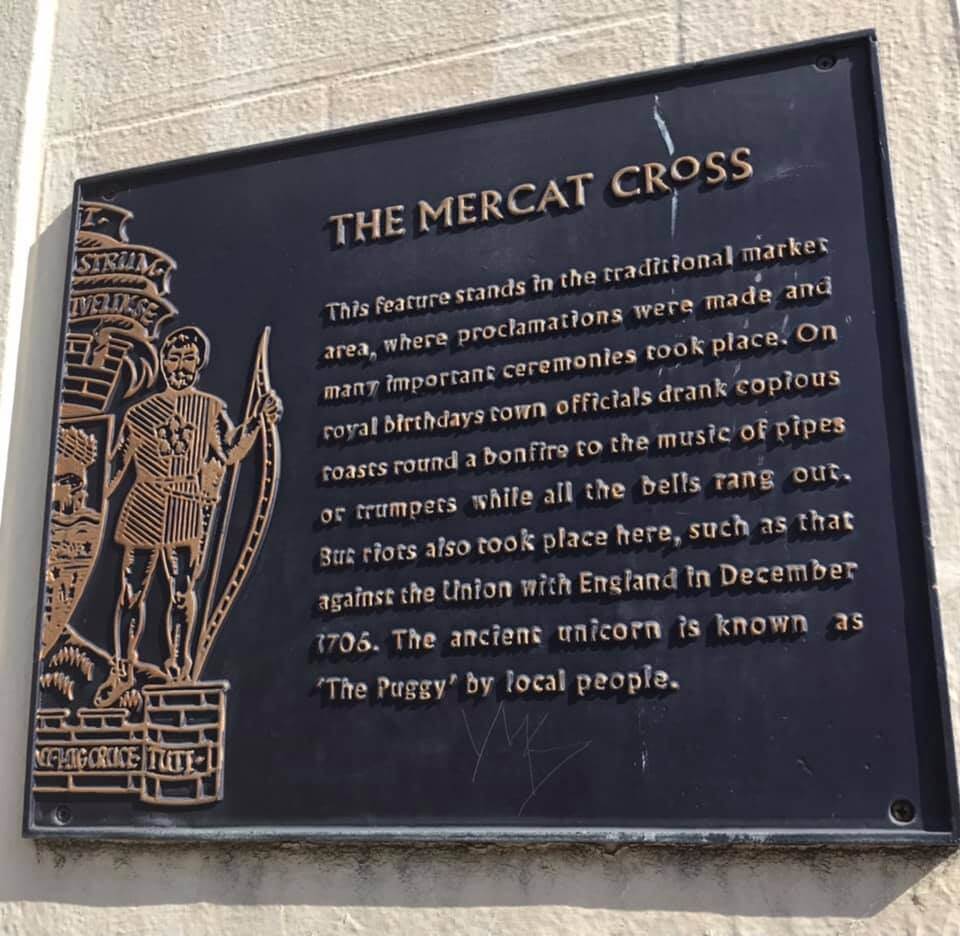
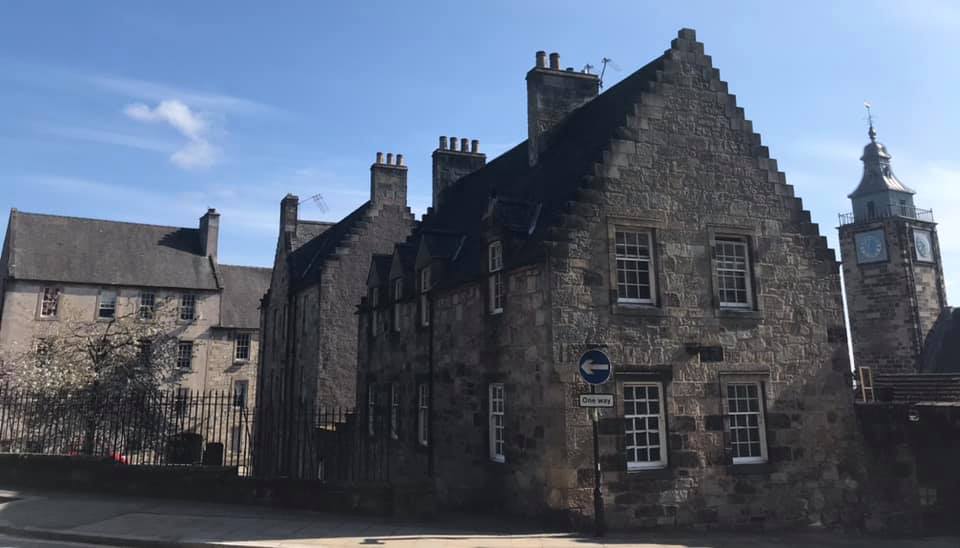

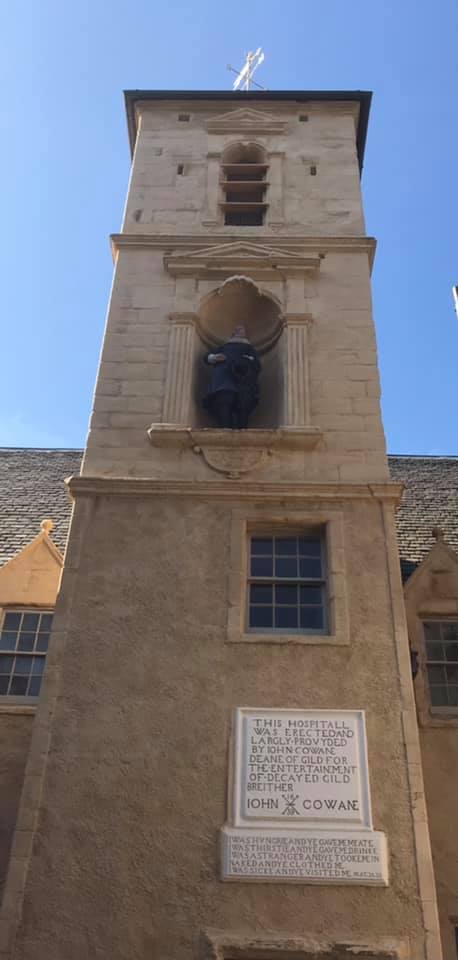
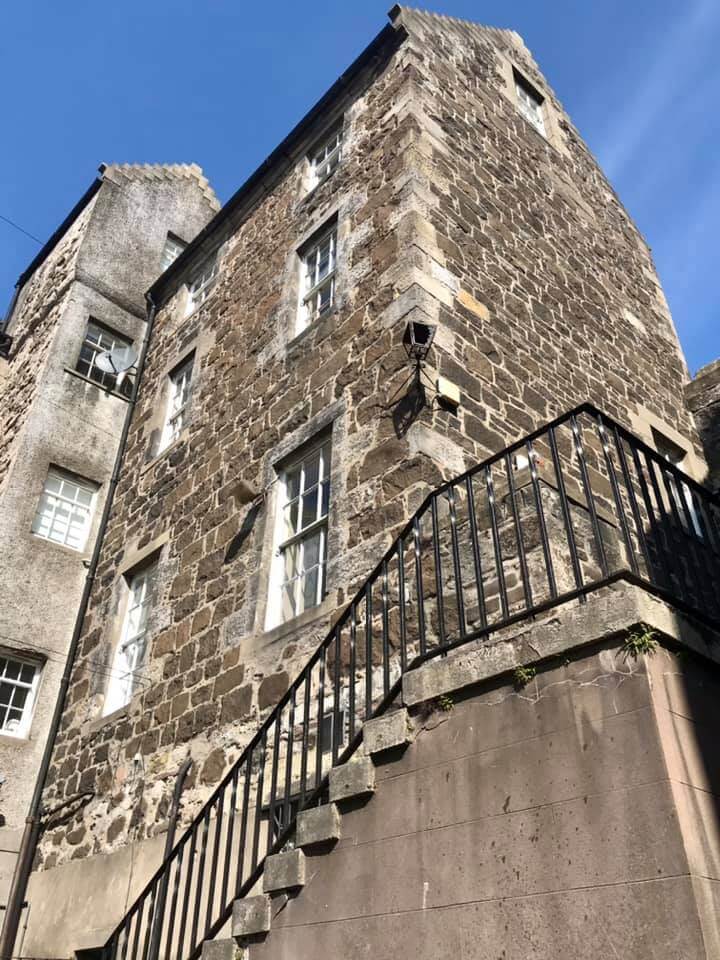
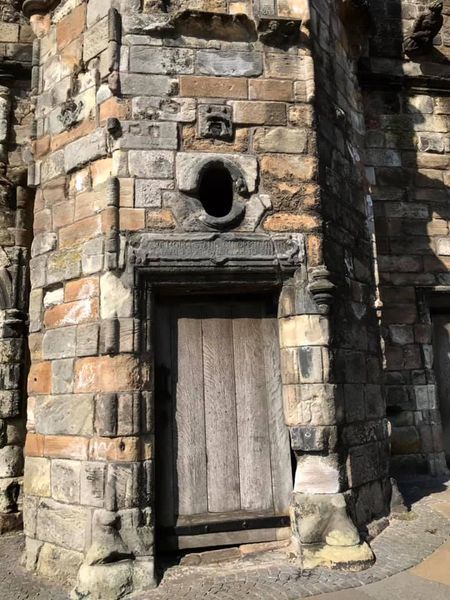

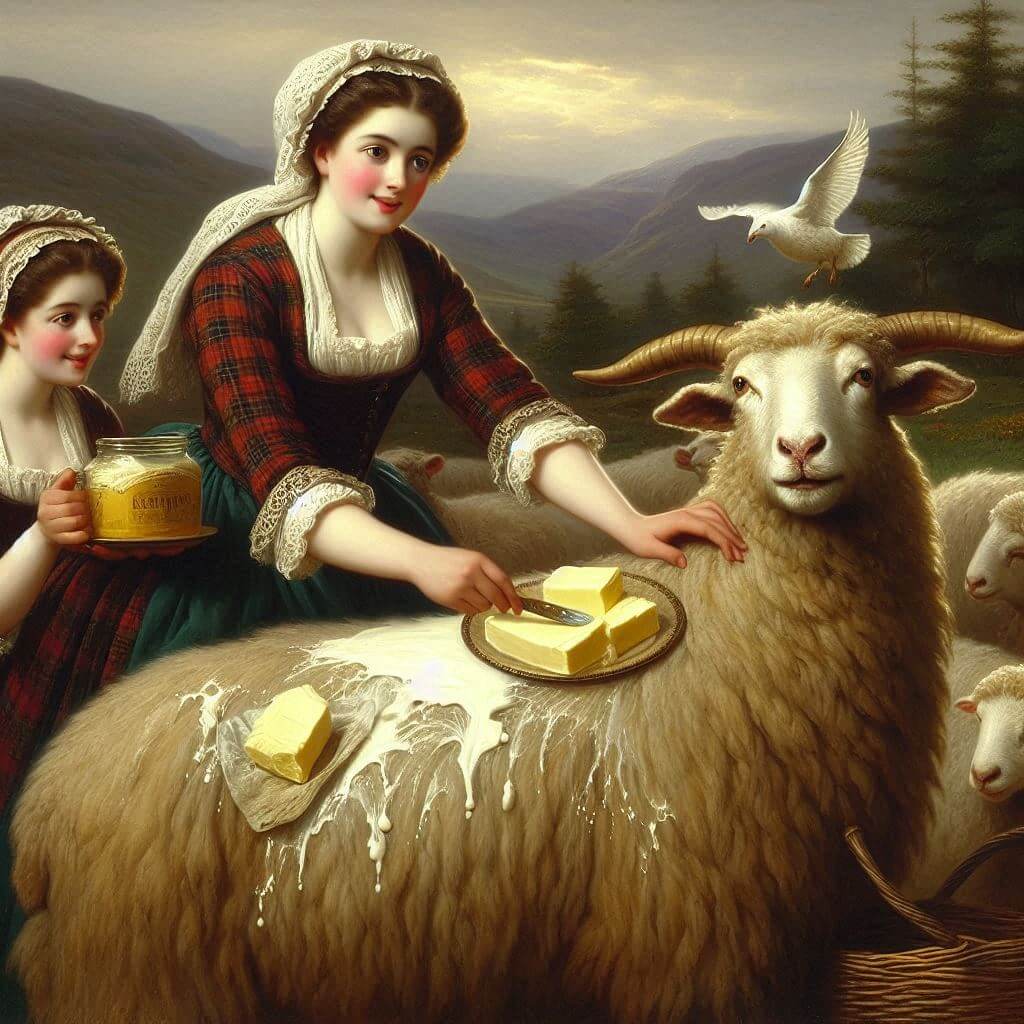

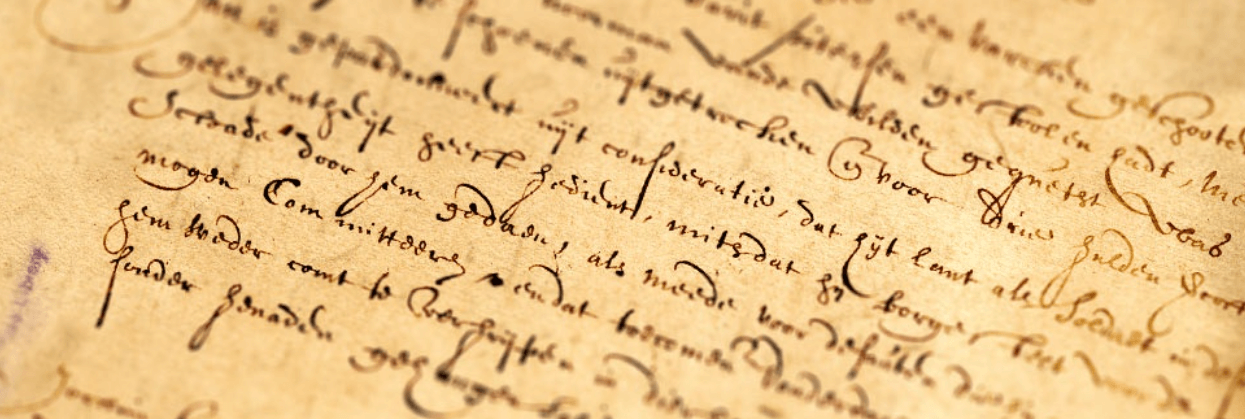
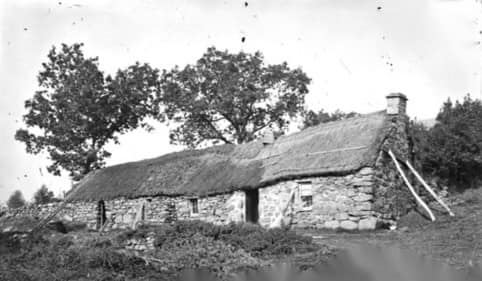
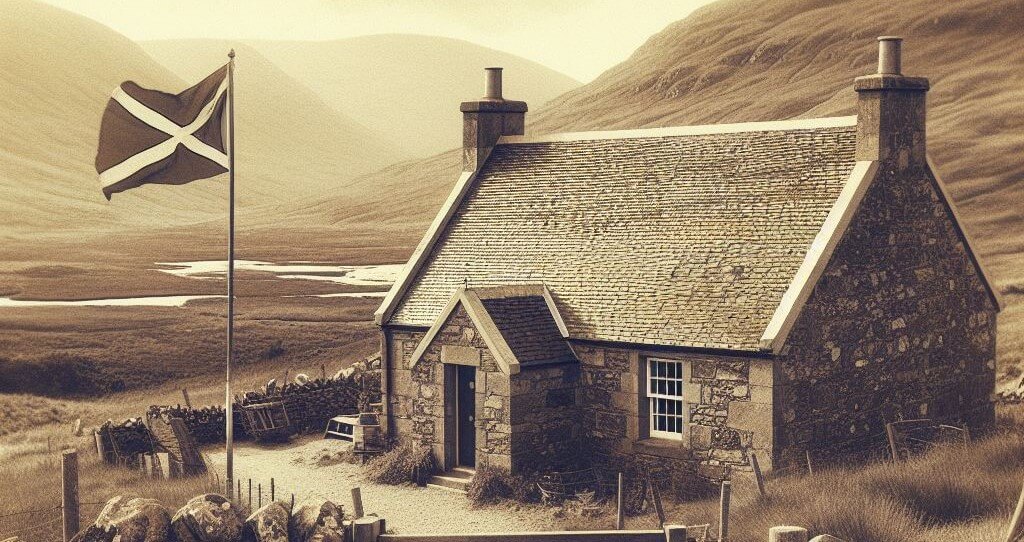
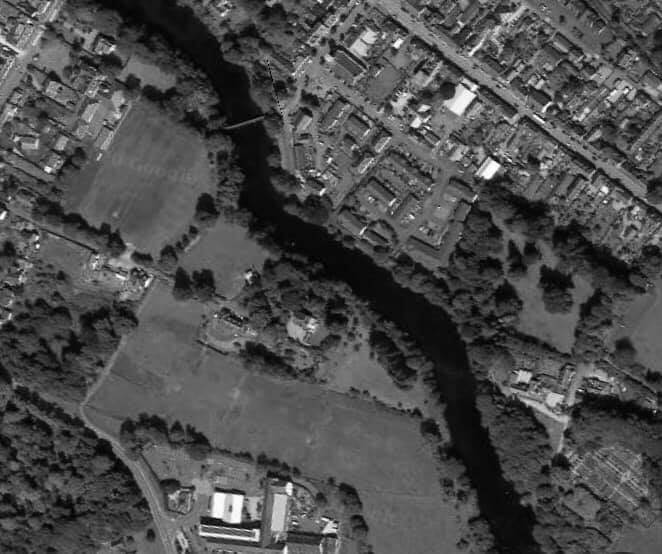
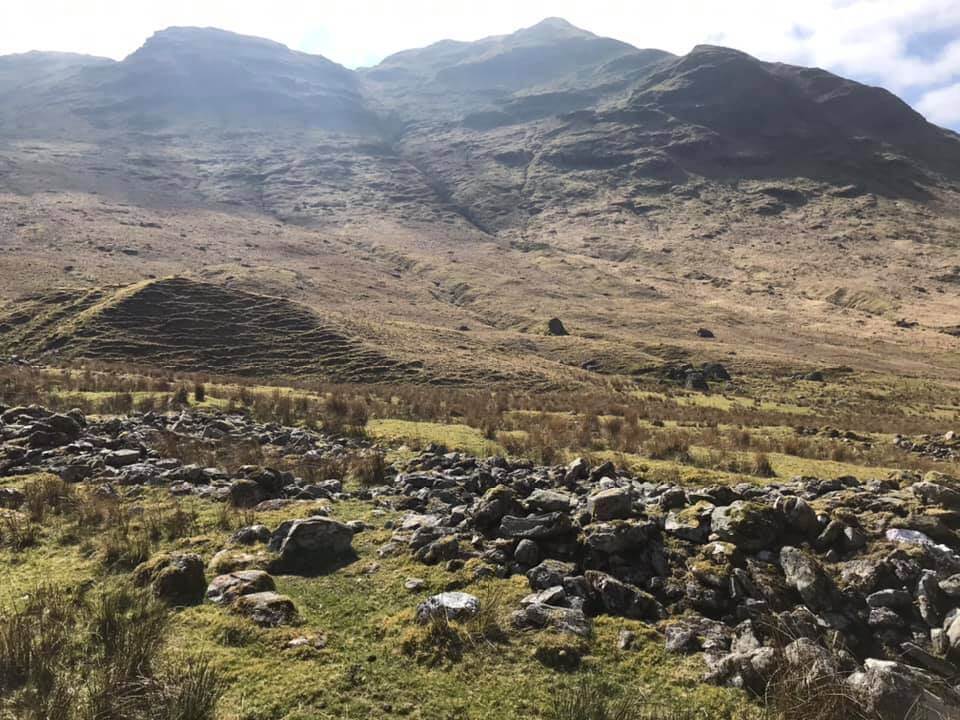
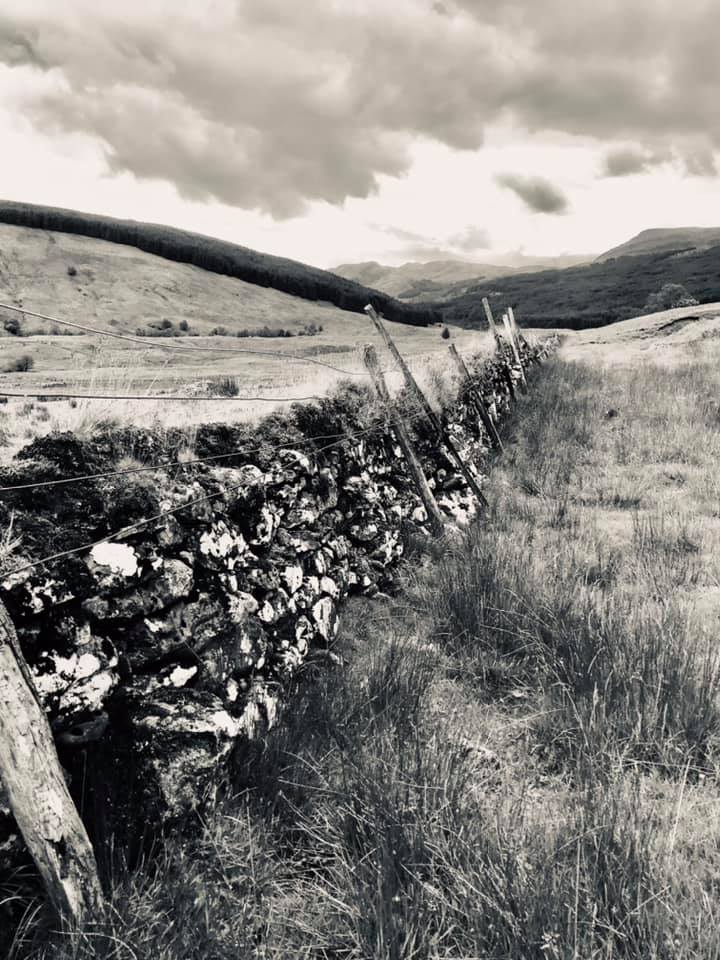
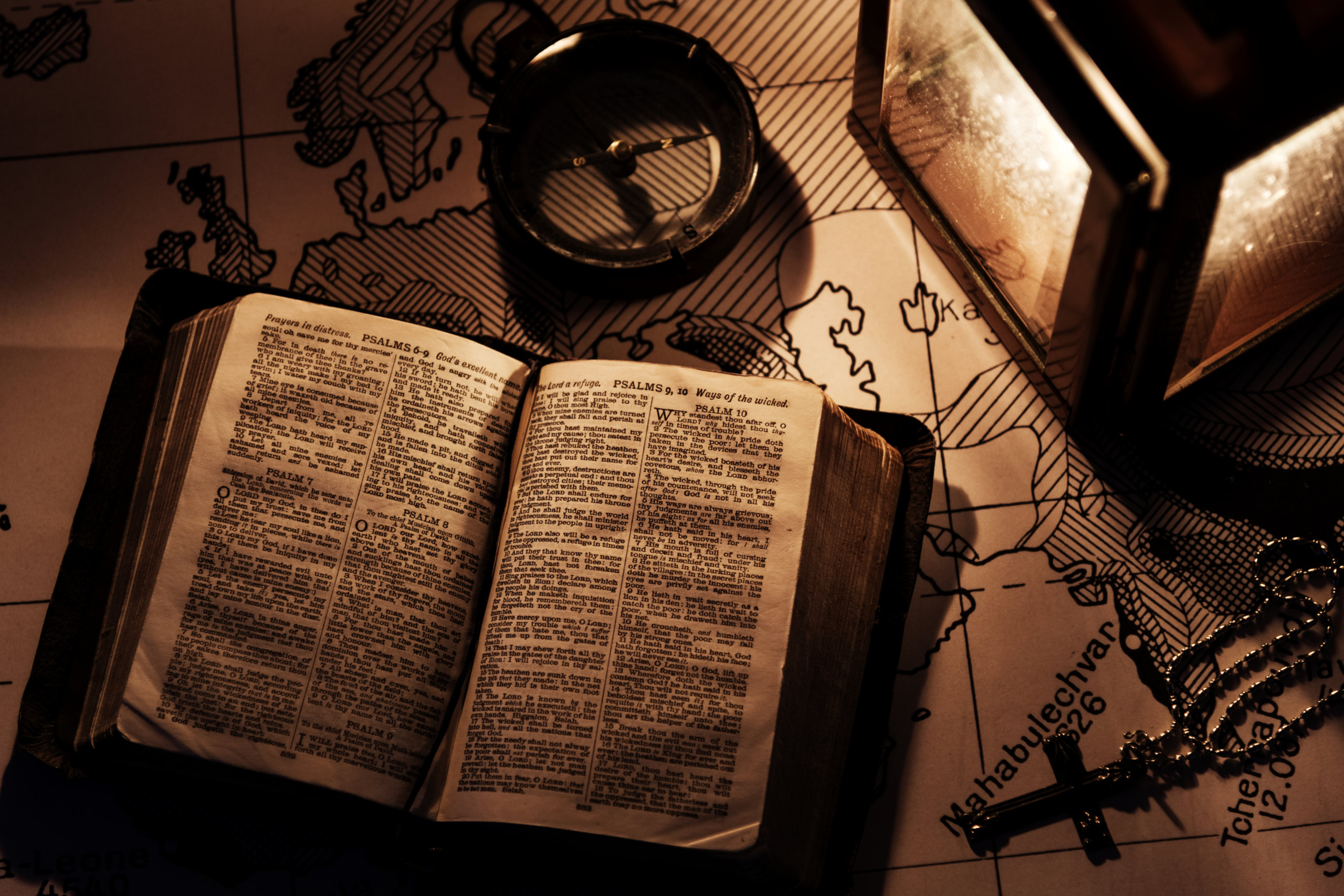
0 Comments